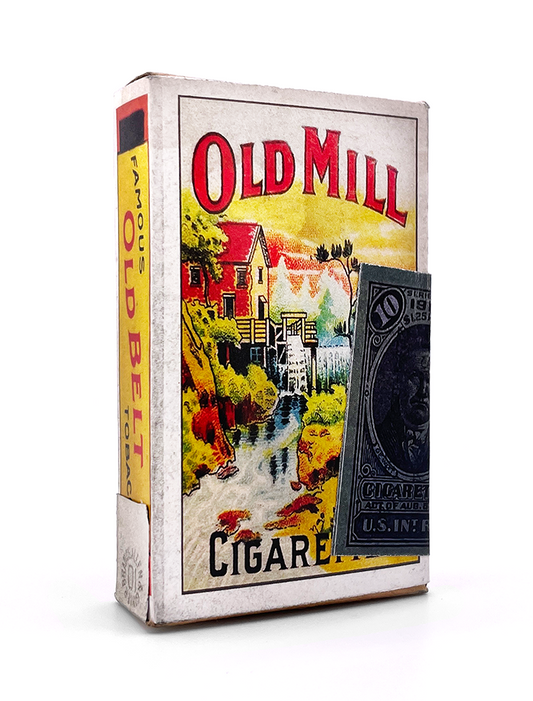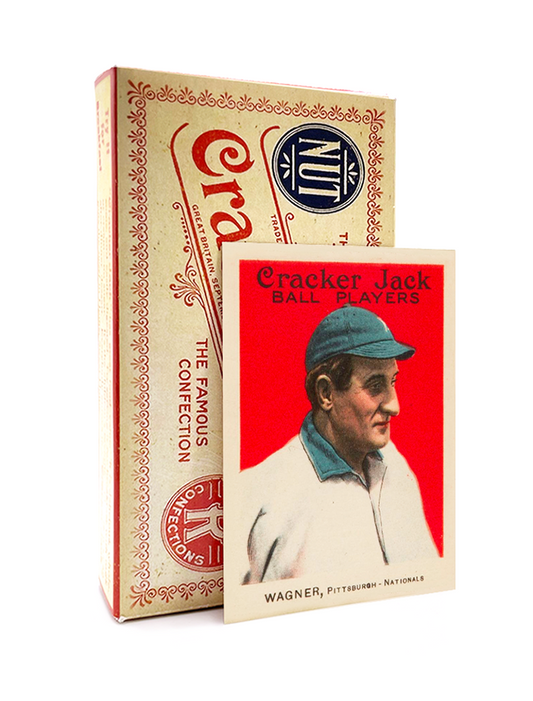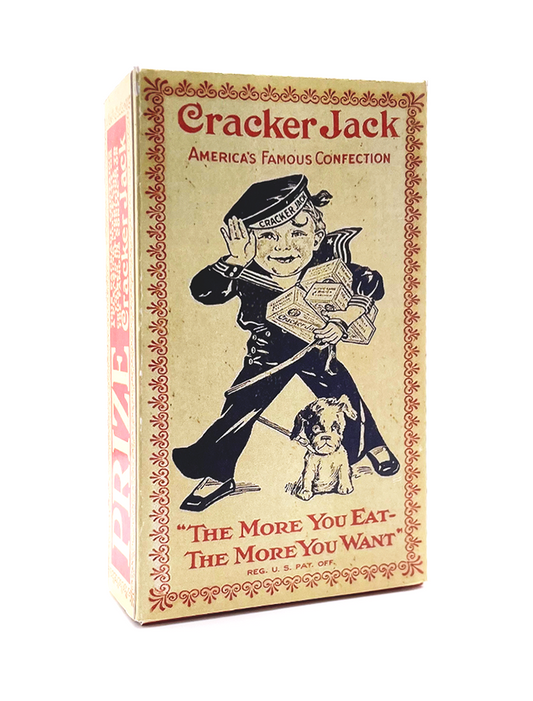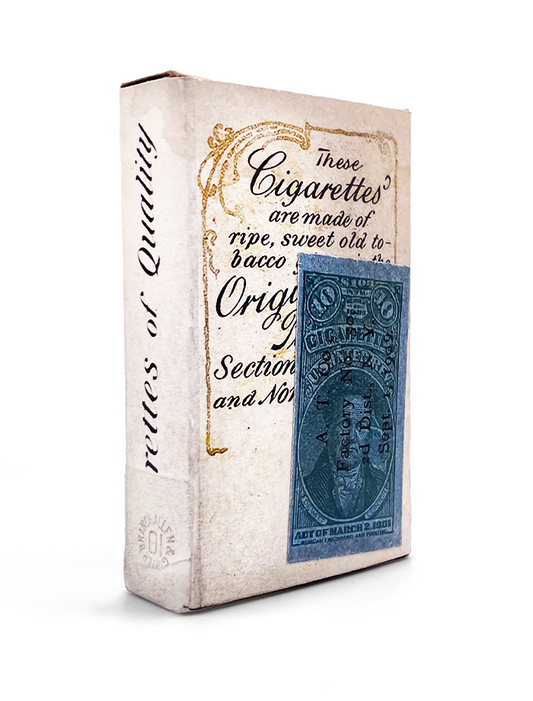The Honus Truth
Share
Beautiful, sublime, mysterious, rare and valuable – all of these adjectives have been used to describe the 1909 Honus Wagner T206 baseball card, and yet none can fully capture the essence of this iconic piece of cardboard.
The Wagner card has been described as “The Mona Lisa of baseball cards,” and as “The Holy Grail of card collecting.” It is the subject of three books, one for adults and two for children. It was even the inspiration for a movie about Wagner, 2004’s “The Winning Season,” released in 2004.
The passion for the T206 remains one of sport’s greatest stories.
Fact and Fiction
First, as with all great stories, there are some myths and misconceptions. The Wagner card is not the rarest baseball card in history. And Honus Wagner was not opposed to the use of tobacco, as legend has described. But first, the historical facts.
In 1909, the American Tobacco Company, a consortium of smaller companies like Sweet Caporal, Sovereign, Drum and Piedmont, decided that a set of baseball cards inserted into packs of cigarettes would give it a marketing edge over other brands. So they went to work creating a large and beautiful set of cards – one of the first colored sets, and one of the largest sets up to that time, at over 500 cards. The lithographic artwork process proved especially beautiful and the allure of the cards has held up over time, perhaps being strengthened by age and rarity.
Just as the cards were released, Wagner, star shortstop of the Pittsburgh Pirates and a man who would one day be one of the first five players elected to the Hall of Fame, objected to his inclusion and his card was pulled from the set. No one knows how many Wagners made it into circulation, and in fact no one knows how many exist today. Estimates range from 25 all the way up to 200.
The familiar story is that Wagner objected to the cards because he disliked being associated with tobacco. This is simply not true, as Wagner enjoyed smoking cigars and chewing tobacco – in fact, two companies issued cigar brands named after him. He lent his name to several tobacco advertisements throughout his career, and his 1948 Leaf baseball card shows him with a cheek-full of chaw and a pouch in his hand.
Others think that he objected to being uncompensated for the use of his image – but this also rings untrue. The tobacco company signed players up for inclusion in the set by hiring local sportswriters to get the players to sign contracts. Wagner returned his contract to sportswriter John Gruber, along with a check for $10, writing “I don’t want my picture in cigarettes, but I don’t want you to lose $10, so I’m enclosing check for that sum.”
If it wasn’t about the money for Wagner, perhaps he made a distinction between his endorsement and use of cigars and chewing tobacco and cigarettes themselves. Historians Dennis and Jeanne DeValeria, in their biography of Wagner, contend that cigarettes were held in low esteem compared to other forms of tobacco, and that Pirates owner Barney Dreyfuss and player/manager Fred Clarke both despised cigarettes. Furthermore, a 1910 Pennsylvania law prohibiting the sale of cigarettes to minors was in the discussion stages. However, Wagner did permit the Murad cigarette company to run newspaper ads bearing his name and likeness during the 1909 World Series.
In 1916, nearing the end of his playing career, Wagner said “Tobacco may shorten a man’s life and interfere with his baseball career but I guess it hasn’t shortened mine a great deal. I have noticed that where a player starts to quit hitting, it will shorten his career a good deal quicker than tobacco.”
Source: Baseball Hall









